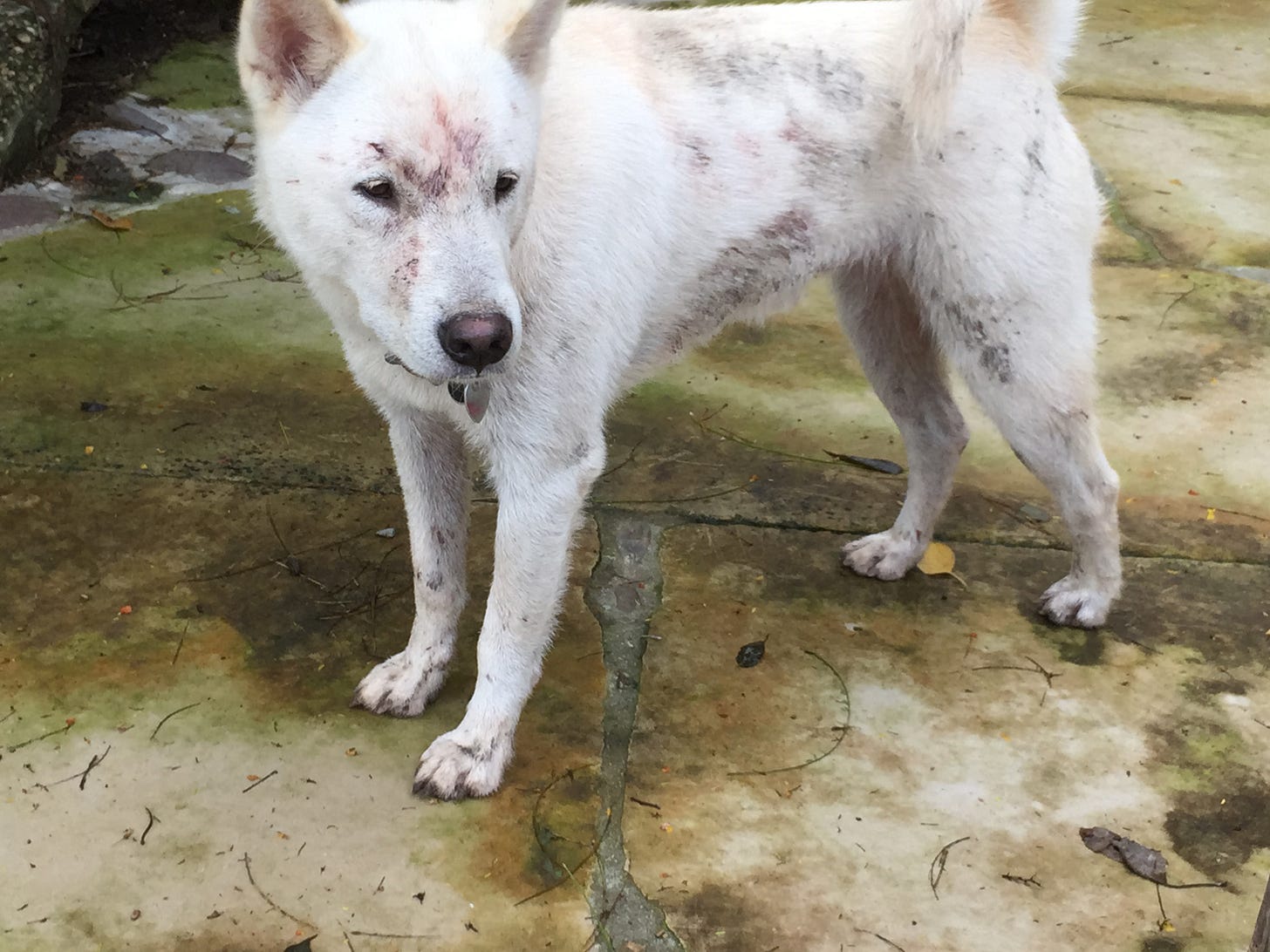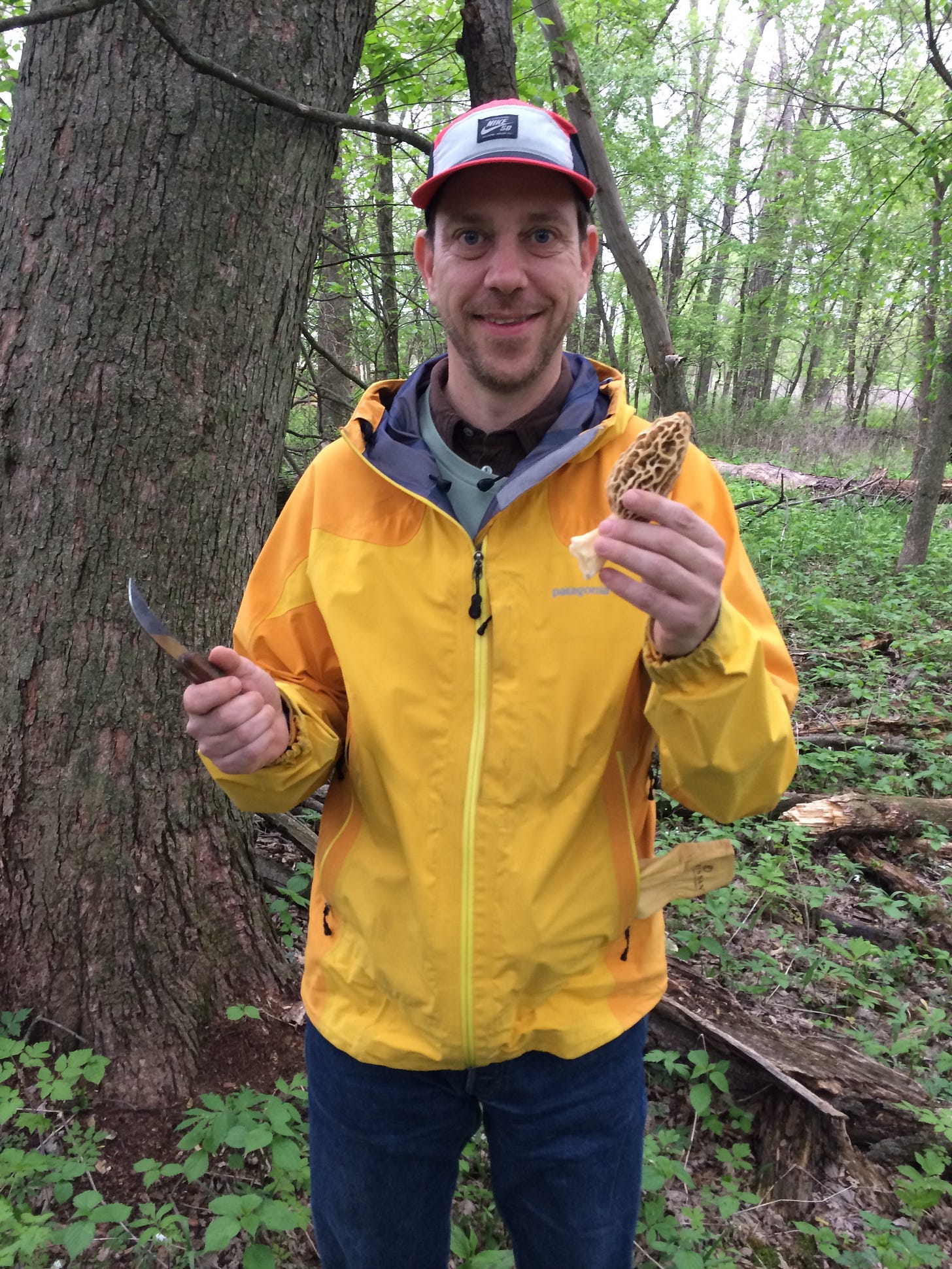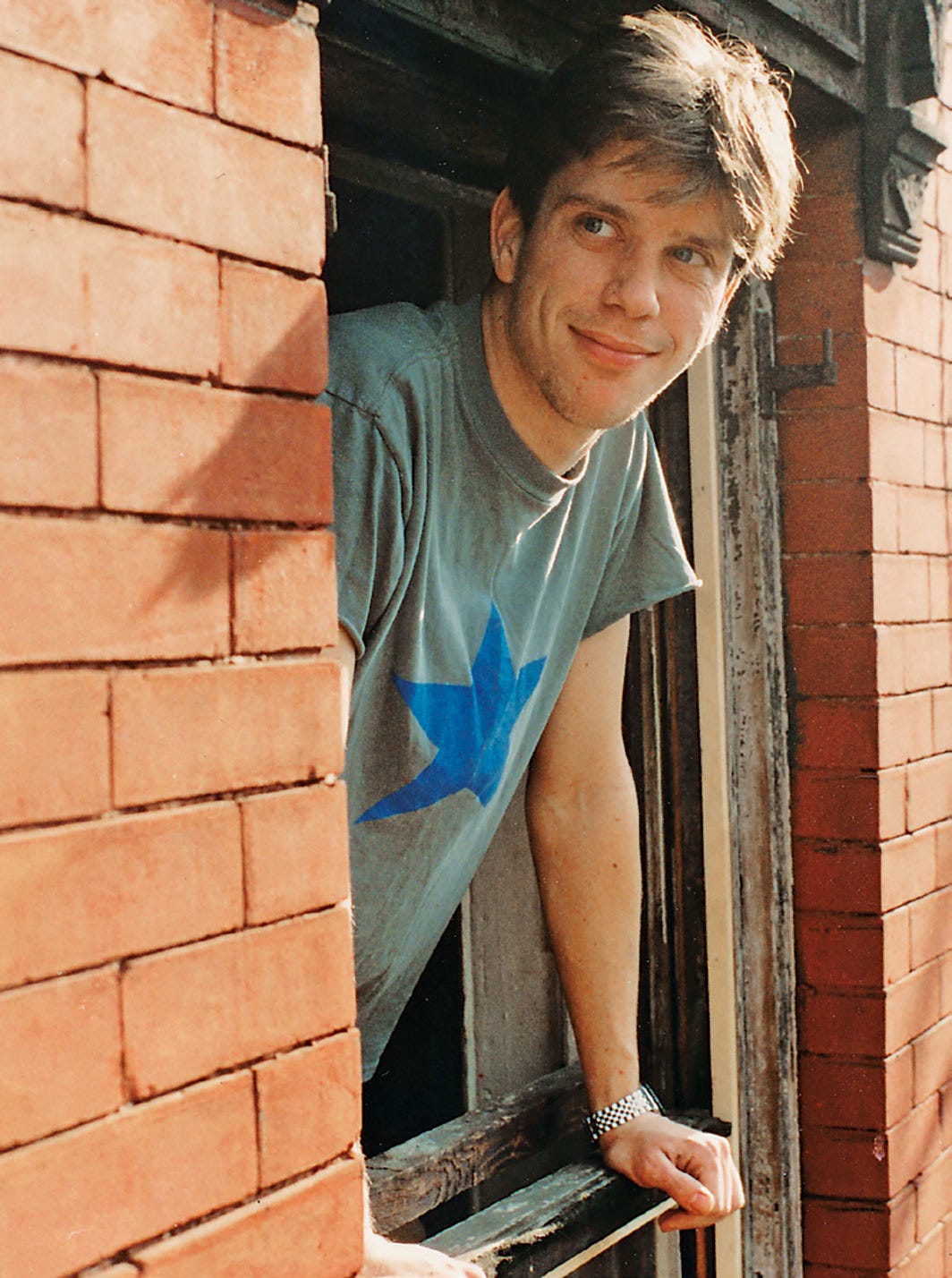An Aborted Road Trip to the Lost Planet

Wednesday night the dogs killed an opossum. Or so it seemed. I found them barking at the front fence, by the street, but when I investigated I couldn’t see what it was. Later, when it was time for bed, our East Austin street retriever didn’t come to my call, and when I went to look, I found the carcass in the path. About average size. You could see the blood on its fur, and a deep tear on its lip. Usually they can get up a tree before it’s too late, but not this one. It was bedtime, and I was in sandals, so I decided to leave it there until morning.

Unfriendly encounters between our dogs and animal visitors are not as rare as I would like. We have these dogs mainly to help us ensure our safety from other humans, because there are a lot of unexpected bipedal visitors that show up in this weird zone. And when they do, you can hear the difference in the dogs’ barks. But living at the edge of the urban woods, you quickly learn how dogs have been bred by humans to protect our Domus by killing anything not human or canine that crosses the perimeter. They never eat their kill. They leave it for us to decide what to do with it. I try to plug all passageways through which animals can enter our yard from the woods, putting obstacles around the little gaps in the fence, but sometimes they get through anyway. And many of them can climb right over.

The squirrels are the creatures that really love the space we cordon off. There were almost none here until we put the fence in, and you can see the same thing where the pecan trees grow tall in the fenced-off industrial lots around the neighborhood. I wonder if the squirrels are too big for the hawks, or maybe the raptors just don’t want to mess with those tails.
When I find a dead animal in the yard, I usually take a shovel and carry it back to the woods. Thursday morning, I went to the spot where I had left the opossum, before I even let the dogs out. It was gone.

The gift of opossums for playing dead is so incredible. Once I broke up a daylight encounter with a hose. The opossum that had just been in the jaws of two dogs, each pulling at one end like one of those rope toys they sell at the pet store, was small. When I grabbed the shovel to take it away, it suddenly opened its eyes and snarled at me. Then it shook itself like a character in a Bugs Bunny cartoon, and ran, right under the fence. Even the dogs just stared in astonishment at this resurrection.

This week we also saw the first of the coming wave of pregnant turtles wandering into the yard. They come from the river, at least a quarter-mile away, seeking safe spots to lay their eggs in the earth. Many of them don’t go farther than the first sandy spots on the banks. But that is probably what qualifies as lazy or stupid among their species, because soon the torn fragments of their soft white eggshells will be there on the rocky beach and along the trails, their contents devoured by raccoons.

When you see a turtle determinedly working its way deep into your domain to find a sanctuary for its babies, you appreciate the fables about the virtues of their slowness in a new way. Thursday afternoon we found one at the base of our entry stairs, with just the look on its face you would have if you had wandered off far from home to save the future of your progeny, only to find yourself boxed in by an unclimbable wall of concrete.

I rescued two turtles from our yard this week, and when I set them back outside the fence here at the top of the bluff, they immediately started slowly lumbering further into human space, back on mission. Some will cross the road, and a few will end up as roadkill.

We were supposed to hit the road this week ourselves. Thursday was the birthday of my brother Alex, who died unexpectedly last year of a stroke. The original plan was to spend the week in New York, where we were going to host an informal memorial dinner for his friends and bandmates who couldn’t make it to the official memorial we had last February at the Des Moines Art Center. The post-quarantine plan was to drive to visit my parents in Iowa, driving 13 hours on the abandoned interstate and stopping only for gas. But as the trip got closer, it became more apparent what a reckless notion that was, with an infant and no idea what real risks were out there—or what emergency resources would be available if something bad would happen. So we stayed in this green shelter we are lucky to have, and raised our glasses in memory through the screens that keep us together now.

The dystopian novelist in me was curious to see the apocalyptic landscape between here and there, but the truth is that the American heartland through which we travel is already a grim landscape even without pandemic, a zone of ecological, economic, and cultural exhaustion that becomes even more evident if you get off the interstates and onto the old highways, the ones that follow the paths of the pioneer trails, which in most cases were trails the pioneers took from the Indians, and the Indians learned from the animals we eradicated. The Tropic of Kansas is not a real place, but you can see it from here.

We flew over that zone the last time we went up there in September, on the occasion of my parents’ 57th wedding anniversary, and baby’s first ride on a plane. I have been thinking about that visit this week, not just because of our aborted overland journey, but also because of the two different news stories I saw this week about the challenges America’s crematoriums are having keeping up with the current crisis. I didn’t read more than the headlines of either story, and that only because we anachronistically get print newspapers at the house, and those grim headlines registered with me at breakfast almost osmotically. Even if only scanned peripherally, stories about systemic challenges in keeping up with the pace of human bodies to dispose of tend to stick in your mind.

The word “cremains” has to be an American invention, by practitioners of the trade who have made incinerated human corpses into a weird sort of product. A dead body you can keep on your mantle. When my parents and I first met with the funeral director in the winter of last year, it was in a conference room with various urns to choose from on a shelf in the wall. When I saw Herky, I knew that was what Alex would have wanted, rabid fan that he was, one of those guys who fully occupied the zone with unwavering emotional commitment when the game was on. He would have loved it, and he would have laughed about it.
I learned this week that the original American settlers of the territory that became Iowa deliberately picked Hawkeye as their nickname, the nickname that became the mascot of the principal public University. They stole it from Cooper, and that book I have never been able to read and definitely never will now that every time I think of the character in question a grimacing Daniel Day Lewis appears on the back of my forehead.

According to the Summer 1952 issue of the Annals of Iowa, the name was adopted by civic leaders and newspaper editors “to prevent citizens of other states giving Iowa a more opprobrious title, similar to that by which the people of Missouri are frequently designated even to this day.”
That sounds funny, and kind of ridiculous, until you remember the brilliant gag the Miami-Illinois Indians played on their neighbors. When Marquette and Joliet were exploring the upper Mississippi in 1673, they asked them who lived up the river we now call the Des Moines. They told them it was the Moingoana, and the name stuck, easily transliterated into a French phrase amenable to various interpretations. (There was a monastery there outside what became the city of Des Moines, but it was razed in the 1950s to make room for one of America’s first malls.) Only in the past decade did a linguist dig into this history and report that, in the language of the Miami-Illinois, “Moingoana” means “the shit-faces.” Their language went extinct by 1900, but the joke lives on.

My brother Alex was not a nature nerd like me and our mom. He was a city boy who preferred sports to wanders, like our dad, a guy whose idea of the outdoors for his early adult years was Sara D. Roosevelt Park. But he deeply loved the acreage where our parents moved in their retirement years. When he returned to Iowa from New York after establishing his career as a painter and helping to pioneer the hardcore scene that animated a thousand CBGB’s matinees, he lived for about a year in the unfinished guest house, which was basically a barn in the middle of nowhere. And it was there, he wrote in a fellowship application I found among his papers after he died, that he really established his voice as an artist. In that quarantine-like isolation, he could work free from the anxiety of influence that comes with knowing people whose opinions matter are going to come by your studio. Instead, he could simply, and without restraint, “paint what [he] wanted to see.”
He also loved to hunt morels this time of year, with the simple enthusiasm of a kid looking for Easter eggs.

So I knew my parents were right that the farm was the place where Alex would want his ashes spread. And on the evening of Labor Day, our last day there, we did just that.
The urn was inside a red velvet bag that reminded me of the bags they sell Crown Royal in. And that bag was inside a more ordinary blue synthetic carry bag imprinted with the logo of the funeral home. It was heavier than I expected, and bulkier.
We had discussed possible sites earlier that day, and settled on the pond rather than the morel spot down the hill. The pond was one of his favorite places. I can still see him out there sunning and smoking on the dock. It’s visible from the house, but not too close, with a beautiful backdrop of the treeline and the western sky. The spot where the sun goes down.

The sun was going down when we finally did it, on a beautiful and thankfully windless evening. How to spread your brother’s ashes without having them blow all over you or get up your nose is not the sort of thing you look up, but it’s the thing you know wants to happen if you lack presence of mind, the comic movie version of that scene. We walked down there the five of us, Agustina holding our baby in the carrier, everyone with a drink. We took in the scene, and I removed the urn from its bags and unscrewed the top. Inside was another bag, a sturdy clear plastic bag tightly secured with a black zip tie. I popped that off with a utility knife. And then I went to the edge of the dock, which is really like a little boardwalk, and slowly emptied his remains into the dark water of the pond.

It was unexpectedly beautiful, the way the white ashes, whiter than you expect, not like the ash of wood or of a cigarette, what must be the ash of bone and nothing much else, swirled in that dark water of twilight. Water that looks black, but reveals its translucence. The body of your brother there swirling slowly, like some plume in a band around Jupiter or Saturn. These little black fish swam up in it, maybe nibbling away or maybe just checking it out. Little water striders, too, on the surface. And then a single bird flew in from the east, silhouetted. A green heron. A bird that is rare in those parts, more common down here. A bird that you always see alone, so beautiful and so surprisingly complex, not just green.

We toasted Alex, and the heron, and hung out there for a long time while the ashes settled into the murk. It was the sort of ambient dissolve Alex would have dug. You could immediately feel the power that improvised ritual had, unexpected but inarguable. An acceptance of the physical finality of death, and a window into the metaphysical, where the connections run deeper, and elude our primitive modes of comprehension.

One of the enigmatic paintings my brother left behind was titled “Lost Planet.” The image has some of the intensity of the woods at night, a complex pattern in dark brown, a landscape layered over a portrait, with strong vertical dimensions and a sense, to me, of a portal that is open and yet impermeable. I don’t know what all the source images were that he layered into the piece. But I know the Lost Planet, because we visited it together. That was the name we 1970s Des Moines kids gave to an old dump site down by the Raccoon River that we used to explore, where the woods opened up to weird little mountains of luminescent industrial waste generated by the nearby water works. A place where the older kids would go to get high, and the younger kids would beam down from their imaginary starship. The Lost Planet is gone now, but I keep finding other places like it, here in these weird edgelands I like to explore. I took Alex to one, the last time he visited, and he loved it enough to make a joke about Stalker.

Alex won’t come back, like an opossum or a Lazarus. You know that when the cremains float away. I don’t know what lost planet he is on now, but at least I can still see his elusive reflection through that painting he left us, in the shadows of the trees that used to scare him, but can scare him no more, in the place where the morels are always popping.


Artforum, April 2019: Rachel Kushner on Alex Brown


